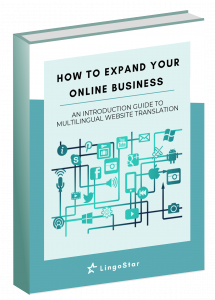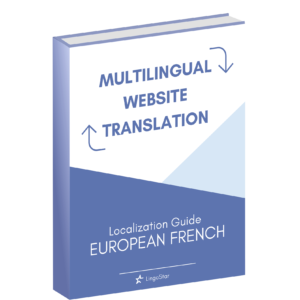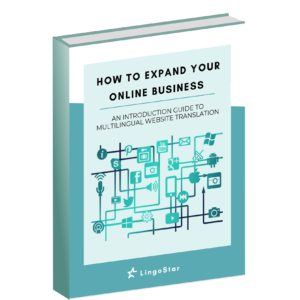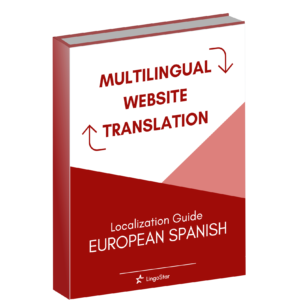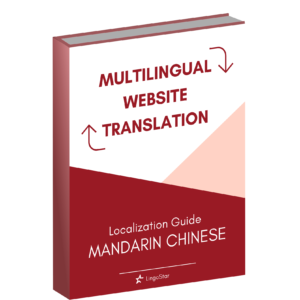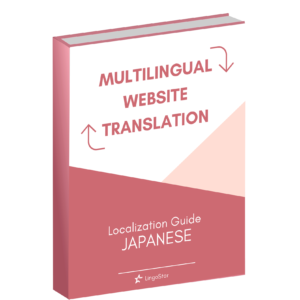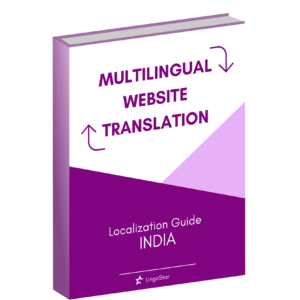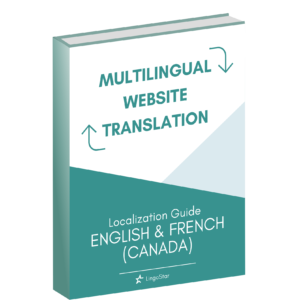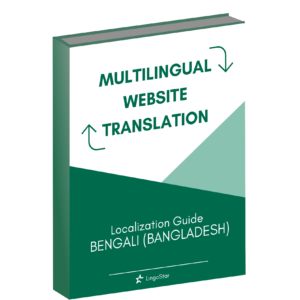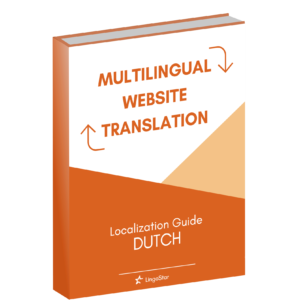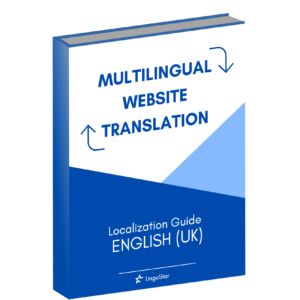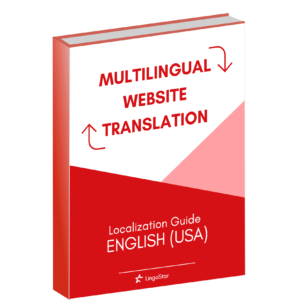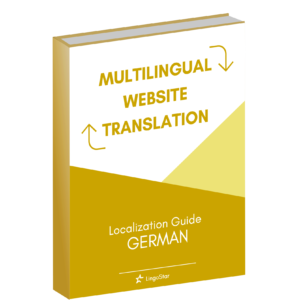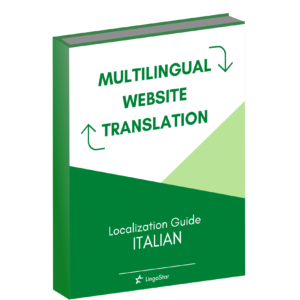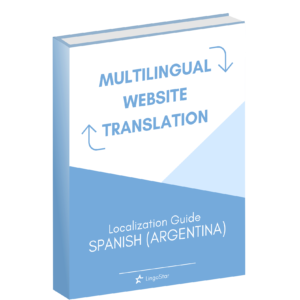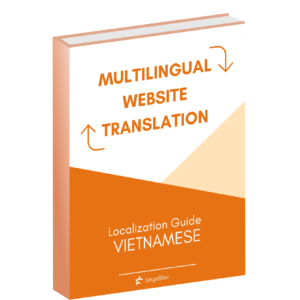Proofreading and editing: the perfect tools for refining a text
How do you ensure that a translation is ready to be delivered to a client? Human proofreading and editing services may be the answer. Translators typically spend a considerable amount of time reading, analyzing and translating the original text. Once they have the first version of their translation, it is recommended that they wait a while before reading it again. By doing so, they are more likely to spot errors that they may not have noticed at first. Clients expect perfection from a professional translation agency. Therefore, in addition to translators checking their own work, another professional linguist or native translator should ideally review the translation and provide feedback to ensure it is flawless. This is where the work of proofreaders and editors comes in.
What is proofreading? What is editing?
Proofreading and editing are two distinct parts of the process of improving a text. Once the translator has completed the translation process, a number of processes must be performed to ensure the translation is accurate and ready to be delivered to the client.
Editing a translation is a more in-depth revision of a text. When a text is sent for editing, it usually requires more changes than a text sent for proofreading, so editors take more time than proofreaders to complete their work. An editor evaluates aspects such as the writing style, the register, the structure and the flow of the text.
Proofreading, on the other hand, usually takes place after the text has been edited. It is the last step before submitting the document. Proofreading may not be necessary for every project or it may be done as part of the editing process. Proofreading a translation is a task performed on an already well-written text by a proofreader who is fluent in the source and in the target language. A proofreader typically looks for minor grammatical, typographical or punctuation errors, among other quality checks.
Should translations be proofread and edited by online programs?
Online proofreading and editing programs may get you out of a pinch, but they will never be able to match the accuracy of a human. For instance, machine translation often fails to tackle polysemous words, untranslated words, words that should not be translated or terminology consistency, and the same applies to proofreading and editing software. Proofreading and editing programs can usually catch spelling mistakes or repeated words, but they have trouble finding more complex errors such as grammatical or sentence structure errors.
Proofreading and editing programs may seem like the most efficient choice because they take very little time to complete the work, but in many cases, they are not precise enough to catch every inaccuracy or to make the text sound natural in the target language. Human proofreaders and editors, unlike proofreading and editing programs, are more likely to point out the most complex problems and find the appropriate solutions that fit the context of the translation and its purpose.
Are proofreading and editing necessary services?
Proofreading and editing are essential services in the translation industry because even professional translators can make mistakes. It is very common for errors to go undetected after reading the same text multiple times. Translation agencies offer proofreading and editing text improvement services as a second pair of eyes to double-check the text is flawless.
The aim of proofreaders and editors is always to help translators. Any changes they suggest need to be justified. Their goal is not to belittle the work of translators, but to work hand-in-hand with them to achieve the best possible result so that the translation is a success and achieves its ultimate purpose. It’s a win-win team effort!
Quality check services
Find out about the advantages of human proofreading and editing services at LingoStar. Our professionals will polish your translations so they can achieve their goal. Read our blog and explore our approach to linguistic diversity in the era of technology. Contact us today at 604-629-8420 or send an email to info@lingo-star.com.
Subscribe to our translation newsletter to keep up with the latest news and developments in the translation and languages industry.
Connect with us on social media to learn more about other cultures and our ongoing projects.
Additionally, take a look at our full range of ebooks on our website.
Finally, here’s our Multilingual Website Guide to discover valuable tips and tricks.


